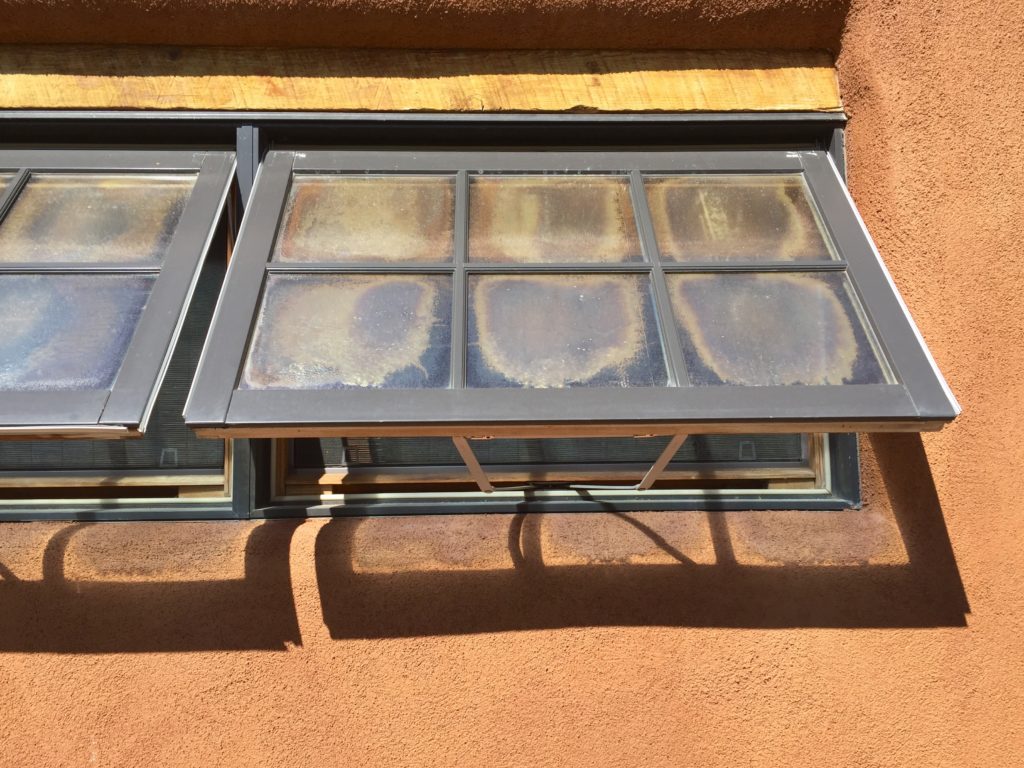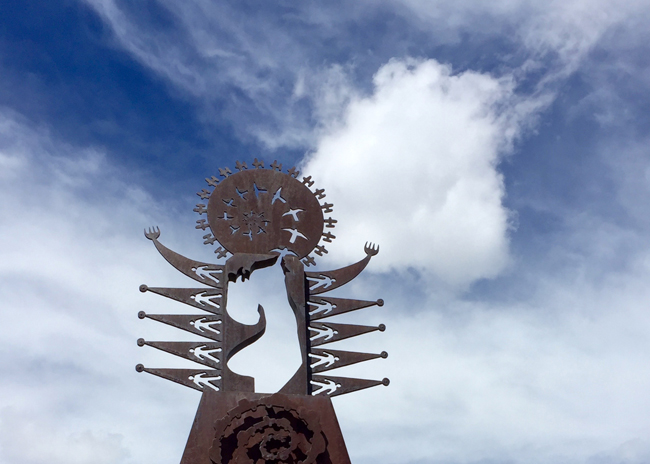
Writing is 90% listening. ~ Natalie Goldberg
Last week, I participated in a meditation and writing workshop with author Natalie Goldberg. We spent much of the week in silence, listening to the world around us and to ourselves. The writing emerged from this place. I believe that for photography or any other art, listening is essential. It’s something that I’ve talked about before on this blog. Below are three ways to let listening inform your photography, with links to learn more.
1. Use your ears.

Through awakening and developing all of our senses, we become better see-ers. I often focus on two senses while out walking as a way of keeping me present, for example, the feel of my feet hitting the ground and listening to the sounds around me. As a visual person, it’s important for me to develop my sense of hearing, especially in places that we think of as silent. When you stop to really listen, you will hear all kinds of things – the wind blowing, paper rustling, doors closing, water splashing, birds singing, etc.
While at Balls Falls in Vineland, Ontario a few weeks ago, I listened to the rushing sound of the waterfalls. I saw the deeply grooved layers in the rock wall, and was in awe of how the power of that waterfall had worn away at the rock surface for thousands of years, revealing its layered history.
Practice: An Exercise in Deep Listening
2. Listen to your heart.

When we use our ears, we’re listening outwards. It’s also important to listen inwards, to hear and trust what your heart is saying, to feel the emotional undercurrent of the moment. While in Santa Fe last week, my heart was pulled towards the sensual, softly curving adobe walls and how light and shadow played with them. I pay attention to these resonances, because they show what’s important to me. This is where our best photography emerges.
Read: Listen to your Inner Teacher and Letting Resonance Guide Your Photography.
3. Open and Receive.

Active listening requires a sense of openness, a willingness to receive and respond to what’s right in front of us. There are no goals, expectations, or planned outcomes. When we’re photographing, we focus on what’s there in that moment. We welcome surprises. At the writing workshop, we practiced slow walking – I mean very slow – where we focused on our feet touching the ground from heel to toe and what was right in front of us. This is a form of grounding in the moment.
Read: Welcome the Unexpected
Let the world come to you. ~ Natalie Goldberg
When we were practicing writing at the workshop, we were supposed to keep our pens moving and let the words emerge without thinking. This is really hard for someone like me, trained in thinking. It wasn’t until the fourth day that I began to feel like I might be writing from this place.
The aha moment for me was that writing in this way was effortless. I let it come through without worrying about whether it was good or not.
What if we were to approach photography in the same way?
I like to pay attention to what I feel with the soles of my feet, something that is very easy wearing my thin ‘barefoot’ shoes. I have become aware of many sensations that are missed with the average shoe.
What a great point you make. The ‘barefoot’ shoes would be perfect for slow walking.
What a wonderful article, Kim. I got lost in Nathalie Goldberg’s website for a while. Your time with her sounds precious, mixing writing with silence and consciousness. I also loved it when she said in one of her video clips: “You follow what you love and it will take you where you need to go.”
Wonderful photographs to go with your words. I especially love the last one of that sculpture embracing the sky and how the sky becomes part of the figure. All is one.
Yes to everything you wrote Kim. And may I suggest that especially with landscapes, seascapes and cityscapes, then paying attention to smells can also greatly add to what we see with our eyes? Pine resin and wildflowers; ozone and salt air; street side food vendors and even diesel fumes from city buses can heighten our mood and enhance what we are seeing.
Thank you so much for you thought provoking pieces.
Yes, you are absolutely right. Developing all of our senses enhances what we see and how we experience.
Your right. Your so very right Kim. I have learned this over the years. Sometimes I forget and go full speed and other times its back to being me , and what I love to do and you stated it all so well. Thank you